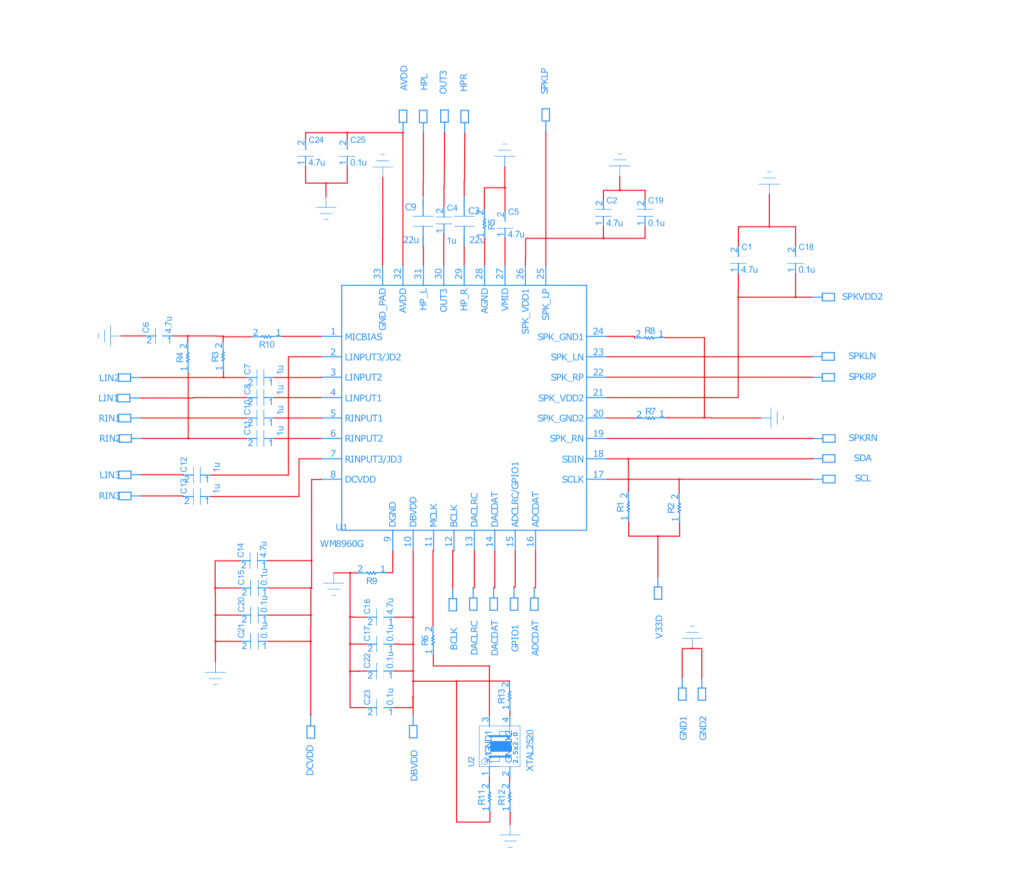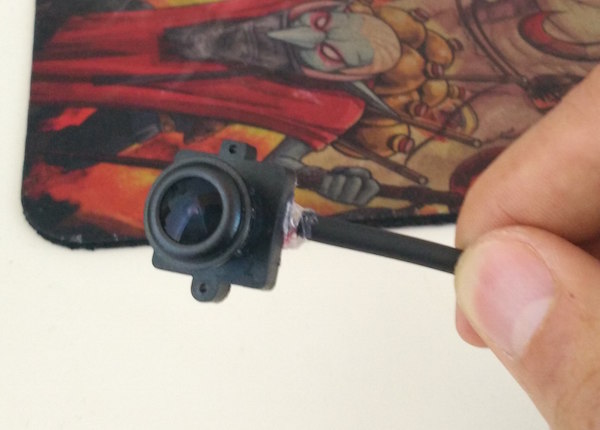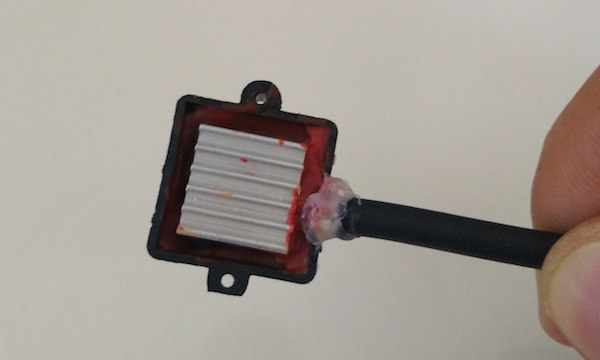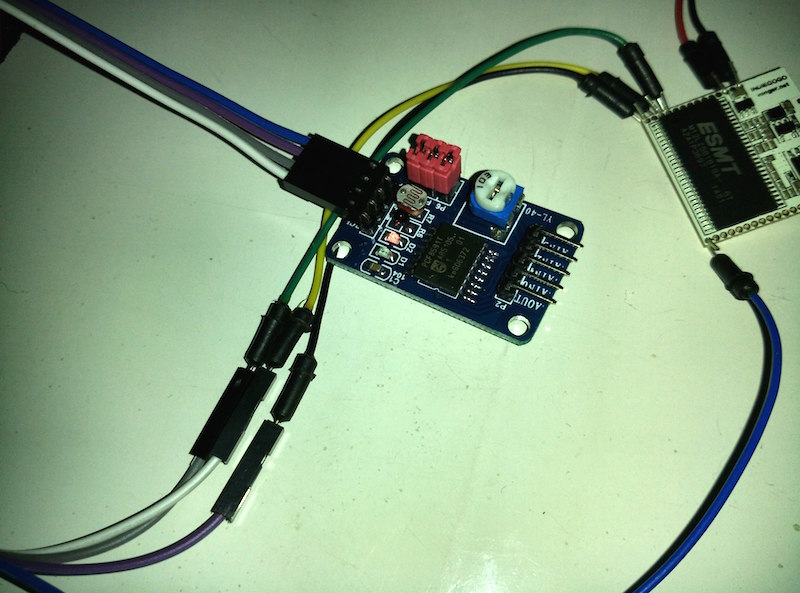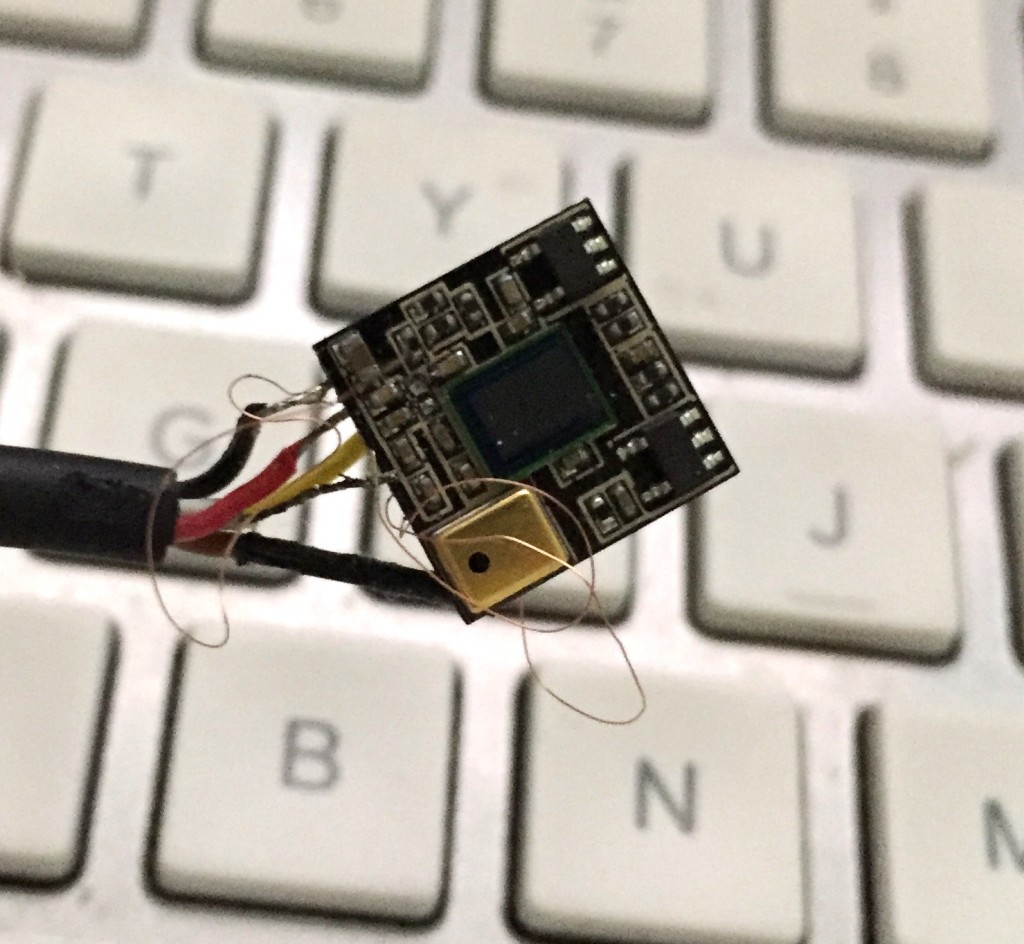Recently we are busy on new VoCore, I call it VoCore2, it has greatly improved in lower power consume, lower heat, faster cpu speed, more ram, even has two antennas are able to work same time in different channel(maybe perfect for mesh net? :p) and many other new features such as SDXC support, hardware PWM, faster SPI through DMA, but still SAME ONE INCH(25mm). We will public all its features about in butt of August after everything is confirmed, and batch production about early of 2016, it should be enough time to learn & play VoCore v1.0 first. 😀
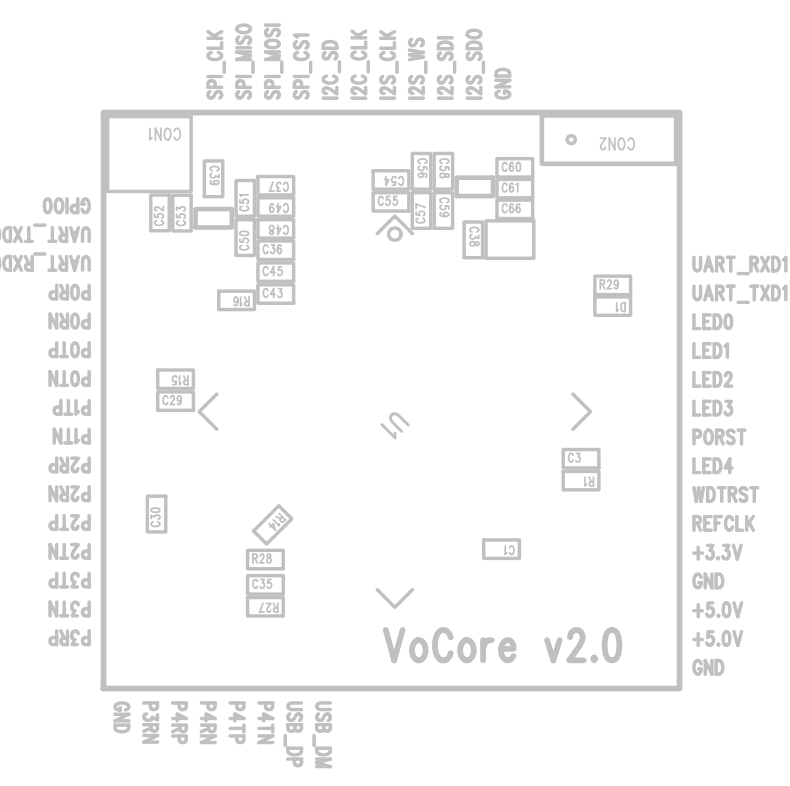
(Guess the chip? Hoho~)
Another news is the H264 camera finally passed my test(summer env 50C, works well for a week). We update the chip from 720p to 1080p/30fps(1.7mm lens), BOM cost is doubled but I think it is very worth. Developing the little evil thing almost killed me. I have to increase the PCB size to 20mm x 20mm and attach a heatsink, I think I have made it to the very best, there is no way to make it even 1mm smaller. (If you have a big enough mouth, it can be used as endoscopy
🙂 )
Tomorrow I will continue to update the I2S & WM8960G driver. Before I write something about the DMA driver, we must be very clear about interrupt for Linux. Obviously, I am not a good teacher, I will try my best to make it as simple as possible. 😀

![[)ATH8H]}}EZ}P$@W06NJ)I](http://vonger.cn/wp-content/uploads/2015/06/ATH8HEZP@W06NJI1-1024x294.jpg)

